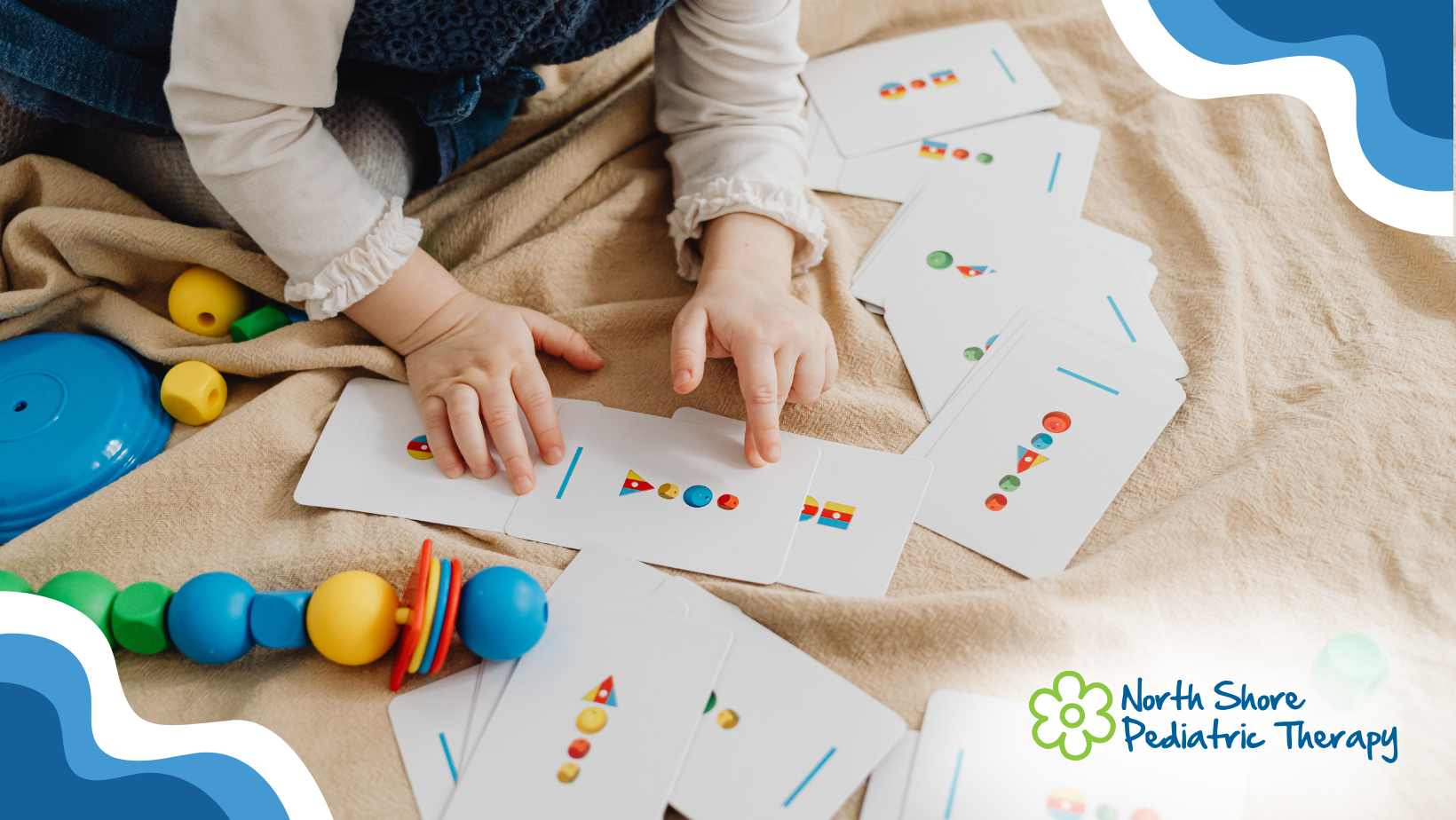WHAT IS EYE HAND COORDINATION?
Eye hand coordination–also referred to as hand eye coordination–is the visual processing of information to guide hand movements. Eye hand coordination is necessary to a variety of daily, routine activities—from picking up a book to knitting a scarf. Poor eye hand coordination accompanies many syndromes and conditions, such as autism spectrum disorders, cerebral palsy, decreased muscle tone, and certain visual disorders like optic ataxia. Many children with developmental delays also demonstrate poor eye hand coordination.
WHAT ARE SOME SYMPTOMS OF POOR EYE HAND COORDINATION?
Poor eye hand coordination often presents itself as an avoidance or refusal to participate in many ordinary, daily activities. Children with poor eye hand coordination, for example, typically have difficulty learning handwriting skills, such as legibility and handwriting efficiency, and therefore abstain from writing activities. Other skills like dressing, taking care of one’s personal hygiene or playing with small objects like blocks, action figures or dolls may be limited or avoided altogether. Since eye hand coordination is necessary for many sports, athletic pursuits can often be neglected completely.
It is important to note that a child’s success in or efficiency with playing computer or video games does not necessarily demonstrate appropriate eye hand coordination skills. Although these games do require some coordination between eye and hand movements, the coordination is limited and unnatural, and thus not representative of a healthy hand eye association.
DOES POOR EYE HAND COORDINATION SIMPLY DEVELOP OVER TIME?
Eye hand coordination difficulties are typically physiological in nature; hence, children with poor coordination skills are usually born with the deficiencies. Eye coordination difficulty alone can often be acquired over time through environmental effects like spinal cord injury, brain injury, or severe neglect from sensory experiences during early development. Eye hand coordination skills, however, do not spontaneously retard without inbred reason.
HOW CAN I HELP TREAT MY CHILD’S POOR EYE HAND COORDINATION?
Eye hand coordination difficulties can be treated through strengthening both the fine muscles of the hands and eyes and the neural pathways that connect visual information with hand movements. Additionally, because eye hand coordination is often accompanied by other fine and gross motor deficits, developing eye hand coordination skills will likely also contribute to the strengthening of all motor capabilities.
OUR APPROACH AT NORTH SHORE PEDIATRIC THERAPY
At North Shore Pediatric Therapy, children with eye hand coordination difficulties are assessed by an occupational therapist to determine the extent of the difficulties, as well as any potential underlying cause for the handicap. The occupational therapist will then determine the most functionally-affected areas, and will client-centered goals based on these functional needs. For example, your child may want to improve athletic performance, while you, the parent, may want to improve academic skills impacted by eye hand coordination. In order to accommodate both, we combine both your child’s goals and yours in order to ensure the most comprehensive, successful treatments. Most children with eye hand coordination difficulties benefit from 1-2, one-hour sessions weekly with an occupational therapist, and during these treatments, children are motivated to participate in challenging eye hand coordination tasks by incorporating play and client-centered activities into each session.














